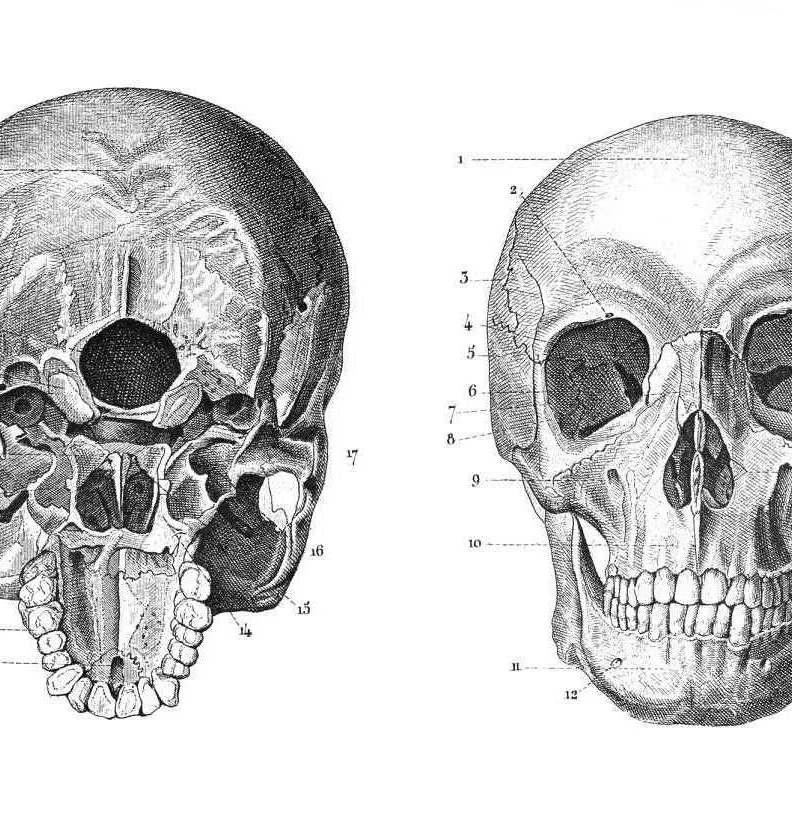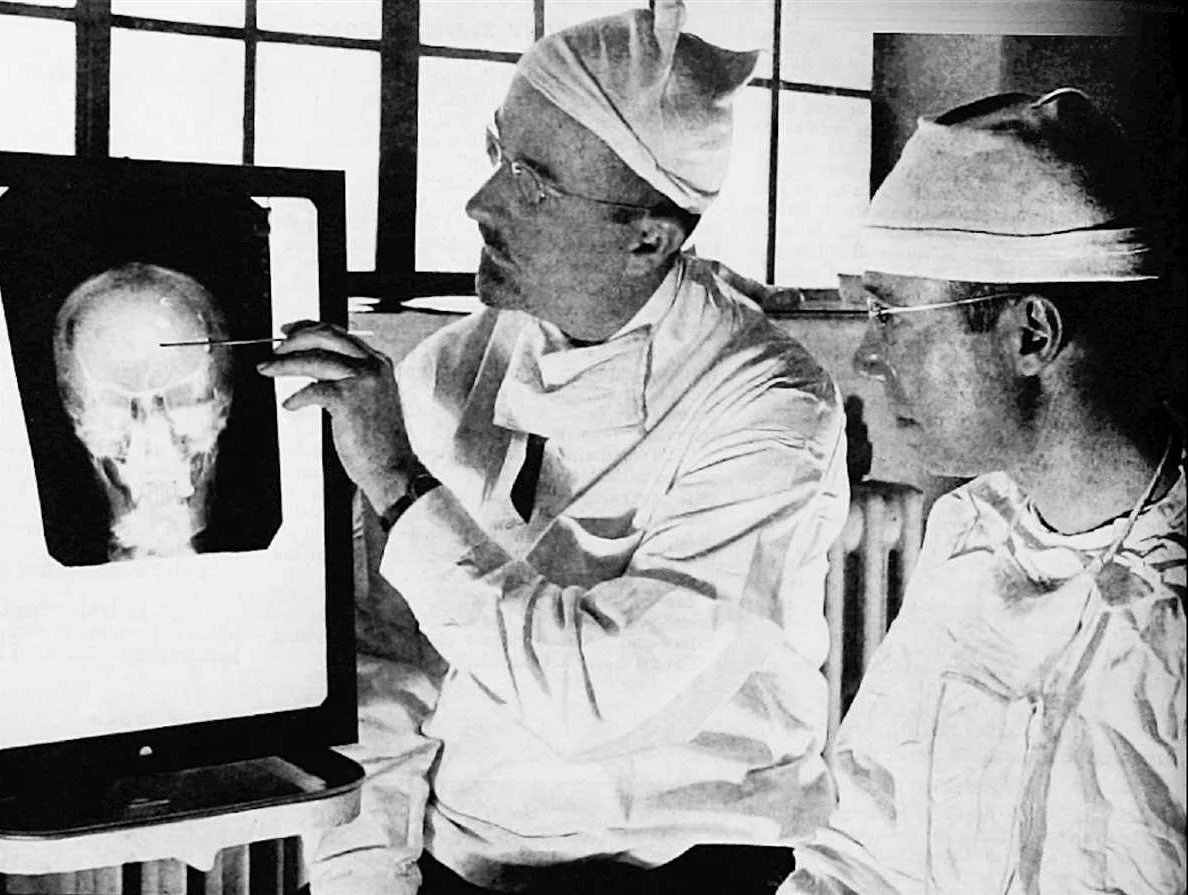Heal half to death: 5 of the most barbaric medical procedures invented by people
Содержимое
Discover some of the most brutal and inhumane medical procedures ever invented by humans, including bloodletting, trepanation, and electroconvulsive therapy. Explore the dark history of medicine and learn about the shocking methods used in the past to heal or even harm patients.
Throughout history, the field of medicine has undergone many advancements and discoveries, leading to improved treatments and better outcomes for patients. However, not all medical practices were as humane or effective. In fact, some procedures were so barbaric that they often caused more harm than good. From bloodletting to trepanation, here are five of the most gruesome and barbaric medical procedures ever invented.
Bloodletting: One of the oldest medical practices, bloodletting was based on the belief that balancing the “humors” in the body could restore health. Doctors would intentionally open a vein and drain blood from the patient, often causing severe pain, weakness, and even death. Despite its widespread use for centuries, bloodletting has since been debunked as a harmful and ineffective treatment.
Trepanation: Dating back to ancient times, trepanation involved drilling a hole into the skull to relieve pressure or remove evil spirits. This procedure was incredibly dangerous and often led to infection, brain damage, or death. It is hard to comprehend the reasoning behind such a brutal and life-threatening practice.
Lobotomy: In the early 20th century, lobotomy became a popular treatment for mental disorders. This invasive procedure involved severing the connections between the prefrontal cortex and the rest of the brain, often resulting in personality changes, cognitive impairment, and even death. Lobotomy is now seen as a horrific and unethical practice that caused immense harm to patients.
Electric shock therapy: Used in the 19th and 20th centuries, electric shock therapy aimed to treat various mental illnesses by inducing seizures through the use of electric shocks. This procedure was incredibly painful and could cause fractures, burns, or other injuries. Despite its harmful effects, electric shock therapy was widely practiced until more modern and safer treatments became available.
Radical amputation: In the past, amputation was often performed as a last resort to treat severe infections or injuries. However, the methods and tools used were crude and unsanitary, leading to high mortality rates and excruciating pain for the patient. Thankfully, advancements in surgical techniques and anesthesia have made amputations significantly safer and less painful today.
While these barbaric medical procedures may seem shocking to us now, they serve as a reminder of how far medicine has come. Today, we can be grateful for the advances that have transformed the field into a more compassionate and evidence-based practice.
The Amputation: Brutal Removal of Limbs

One of the most barbaric medical procedures ever created is the amputation, a brutal method of removing limbs. Throughout history, amputations have been performed for various reasons, including traumatic injuries, infections, and diseases such as gangrene or cancer. However, the process of amputation itself was far from humane.
During ancient times, amputations were often performed without anesthesia, causing excruciating pain to the patient. The procedure involved using primitive tools such as saws, knives, and axes to cut through the flesh, muscles, and bones. In many cases, the wound was left open and often became infected, leading to severe complications and even death.
As medical advancements were made, techniques for amputation gradually improved. In the 16th century, a French surgeon named Ambroise Paré introduced ligatures, which helped control bleeding during the procedure. However, this did not eliminate the pain or the risk of infection.
It wasn’t until the 19th century that anesthesia became widely used in surgical procedures, including amputations. This allowed the patient to be unconscious and numb during the operation, reducing their suffering. Additionally, antiseptic techniques were introduced, which significantly decreased the risk of infection.
Despite these advancements, amputations remained brutal and often resulted in lifelong physical and psychological trauma for the patient. It was not uncommon for individuals to experience phantom limb pain, a sensation of pain in the amputated limb that can be incredibly distressing.
Fortunately, modern medicine has made tremendous progress in the field of amputations. With the development of prosthetic limbs and advancements in surgical techniques, amputees now have a better quality of life. However, the brutal history of amputations serves as a reminder of the cruel practices that were once employed in the name of medical intervention.
Disclaimer: The information provided in this article is for educational purposes only and should not be considered as medical advice. Please consult with a qualified healthcare professional for proper diagnosis and treatment.
Bloodletting: Draining Vital Fluids

Bloodletting, also known as phlebotomy, was a common medical practice throughout history. It involved intentionally draining blood from the body, with the belief that it would help balance the body’s humors and restore health.
This barbaric procedure was based on the ancient medical theory that the human body had four humors – blood, phlegm, yellow bile, and black bile. According to this theory, an imbalance in these humors was the cause of illness. Bloodletting was thought to correct the imbalance by removing excess blood, which was believed to be the cause of many diseases.
There were various methods of bloodletting, including using leeches, lancets, and cupping. Leeches were attached to the patient’s body, and they would suck out blood. Lancets, a sharp surgical instrument, were used to make small incisions to directly drain blood. Cupping involved placing heated cups on the skin to create a vacuum, which would draw out blood. These procedures were often painful and could lead to infection or excessive bleeding.
Bloodletting was practiced for centuries, from ancient Egypt and Greece to the Middle Ages and even into the 19th century. It was used to treat a wide range of conditions, from fever and headache to more serious illnesses like pneumonia and tuberculosis. However, bloodletting was based on a flawed medical theory and caused more harm than good in many cases.
With the advancement of medical knowledge and the understanding of the circulatory system, bloodletting eventually fell out of favor as a medical practice. Today, it is seen as a barbaric and outdated procedure, a haunting reminder of the brutal methods used in the name of medicine.
Trepanation: Drilling Holes into the Skull

Trepanation, an ancient surgical procedure dating back thousands of years, involves drilling holes into the skull. The practice was used by various ancient civilizations, including the Egyptians, Greeks, and Mayans, and was believed to have a range of uses, from relieving headaches to releasing evil spirits.
The technique of trepanation involves using a sharp instrument, such as an obsidian or flint stone, to create a hole in the skull. It was believed that this hole would allow for the release of pressure and trapped blood, therefore relieving symptoms such as migraines or epilepsy.
While some examples of trepanation may have been successful, many were not. The procedure carried a high risk of infection and other complications, and the survival rate for patients was often low. Archaeological evidence has shown that trepanation was not limited to adults; children and infants were also subjected to the procedure.
Despite its barbaric nature, trepanation continued to be practiced for centuries. In some cases, the procedure was performed as a form of punishment or torture, rather than for medical reasons. It wasn’t until the development of modern surgical techniques and anesthesia that trepanation fell out of favor.
Today, trepanation is considered an obsolete and inhumane practice. It serves as a stark reminder of the brutal methods used in the history of medicine and the importance of advancements in medical science.
Lobotomy: Surgical Destruction of the Brain

Lobotomy, also known as prefrontal leucotomy, was a highly controversial medical procedure that involved the surgical destruction or removal of the frontal lobe of the brain. Developed in the early 20th century, lobotomy was initially hailed as a groundbreaking treatment for various mental disorders, but its barbaric nature soon became apparent.
The procedure involved drilling holes into the skull and inserting a sharp instrument, such as an ice pick, into the brain. The instrument was then moved back and forth, severing the connections between the prefrontal cortex and the rest of the brain. This resulted in significant changes in the patient’s personality, behavior, and cognitive abilities.
Lobotomy was primarily used to treat conditions such as schizophrenia, depression, and anxiety disorders. However, its effectiveness was questionable, and the side effects were often severe. Many patients experienced a drastic reduction in their mental abilities, becoming emotionally blunted, apathetic, and disconnected from reality.
Despite its controversial nature, lobotomy gained popularity in the mid-20th century, particularly in the United States. Thousands of lobotomies were performed, often without the fully informed consent of the patients. This led to widespread criticism and eventually a decline in the use of lobotomy as more effective and less invasive treatments became available.
| Provided temporary relief from severe mental illnesses | Severe side effects, including loss of personality and cognitive impairment |
| Reduced the need for long-term institutionalization | Irreversible damage to the brain |
| Considered a last resort treatment option | Questionable long-term effectiveness |
Lobotomy is now considered an archaic and inhumane procedure. Advances in psychiatric medication and therapy have largely replaced it as a treatment option for mental disorders. However, the legacy of lobotomy serves as a stark reminder of the dangers of medical interventions that prioritize physical alteration over the well-being of the patient.